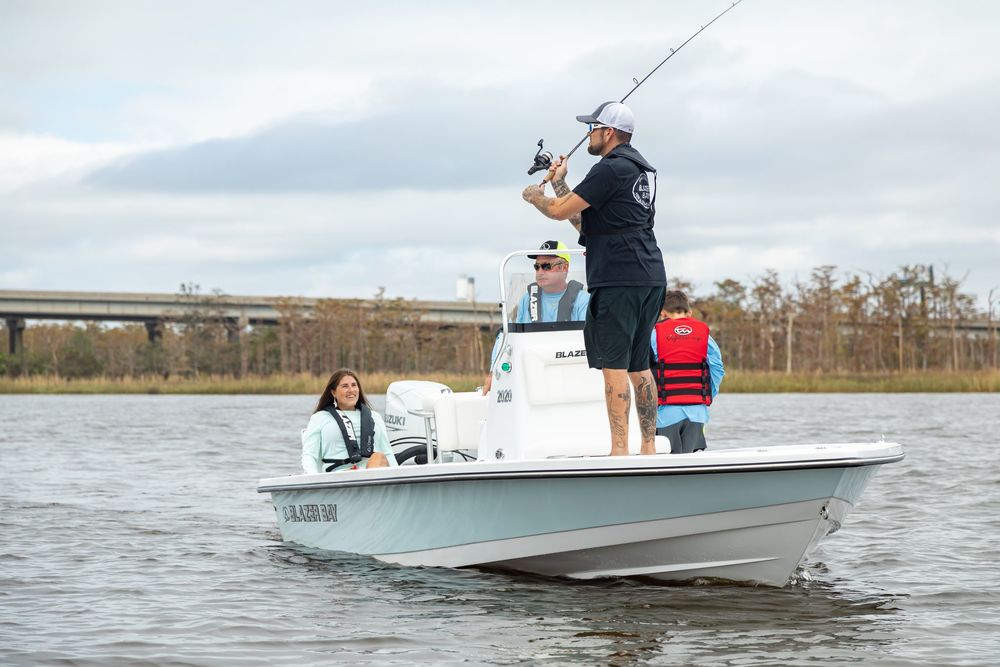
There are many different types of shallows, but these flats (also known as skinny water) are some of the most popular places to hunt treasured species like redfish, trout, flounder, and more. This is especially true in Florida, where our abundance of skinny water makes for a plethora of flat fishing adventure. Before casting your next line in the shallows, take a look through our crash course on this exciting method of angling!
Follow the Breeze
Air conditions may have a considerable impact on your chances at success. Fortunately, fishing-report and weather websites make it easy to check barometric pressure in the flats you have scoped out – high air pressure can keep water levels low while low pressure allows the water to rise. Additionally, air temperature can determine how hot or cold the water will be, which may entice or deter certain species of fish based on their preferences.
Monitor the Sun’s Position
Besides direct sunlight making fish under the surface more visible, it can also sway which species of fish you may find in the flats. For example, seatrout, snook, and redfish favor shaded conditions whereas big game fish like permit and tarpon embrace the sun in deeper flats. If the sky is dotted with clouds, their reflection on the water may make it more difficult to spot your targets. Before hitting the water, make sure you remain mindful of where the sun is in the sky.
Water Conditions
As mentioned before, water temperature influences which types of fish you’ll find in the flats. Besides temperatures, the tide can also determine each flat’s inhabitants. For this reason, you can find a wide variety of fish in the exact same location at different times of day and during different seasons. Certain flats may also be shaped in ways that create unique currents which trap bait fish, attracting bigger game fish.
Flats Composition
The size, shape, and contours of each flat are crucial variables in determining the best ways to track and catch fish. When the water cools down later in the year, look out for muddy bottoms – they retain heat better than sand can, which attracts fish. Besides that, different species have different tastes. Trout and snook like to hover around sandy potholes in the midst of grassy expanses while tarpon and bonefish feed around contours. Observe your terrain and take note of which fish you find in specific locations.
Look for Other Signs of Life
The food chain is a natural cycle that feeds into itself. High volume of bait fish means that game fish will soon follow, and the presence of predators means that there is likely smaller game afoot. Live crabs and shrimp typically attract predators so you’re in luck if you find these tasty morsels! Likewise, birds over the water or sharks prowling around usually indicate that there are desirable fish nearby. Similarly, you can research which types of fish different animals feed on ahead of time. The predator of your prey is your friend!
While fishing the flats, be sure to take thorough notes on your findings and results. No two flats are the exact same due to varied terrain, tidal patterns, and weather. However, by following this guide and doing your homework, you’ll be the next expert on flats fishing in no time! Of course, skinny fishing is best done with tournament-quality fishing boats and Blazer Boats is your one-stop shop for the very best! Visit your local Blazer dealer and check out our premier line of full-featured bass fishing and bay boats.